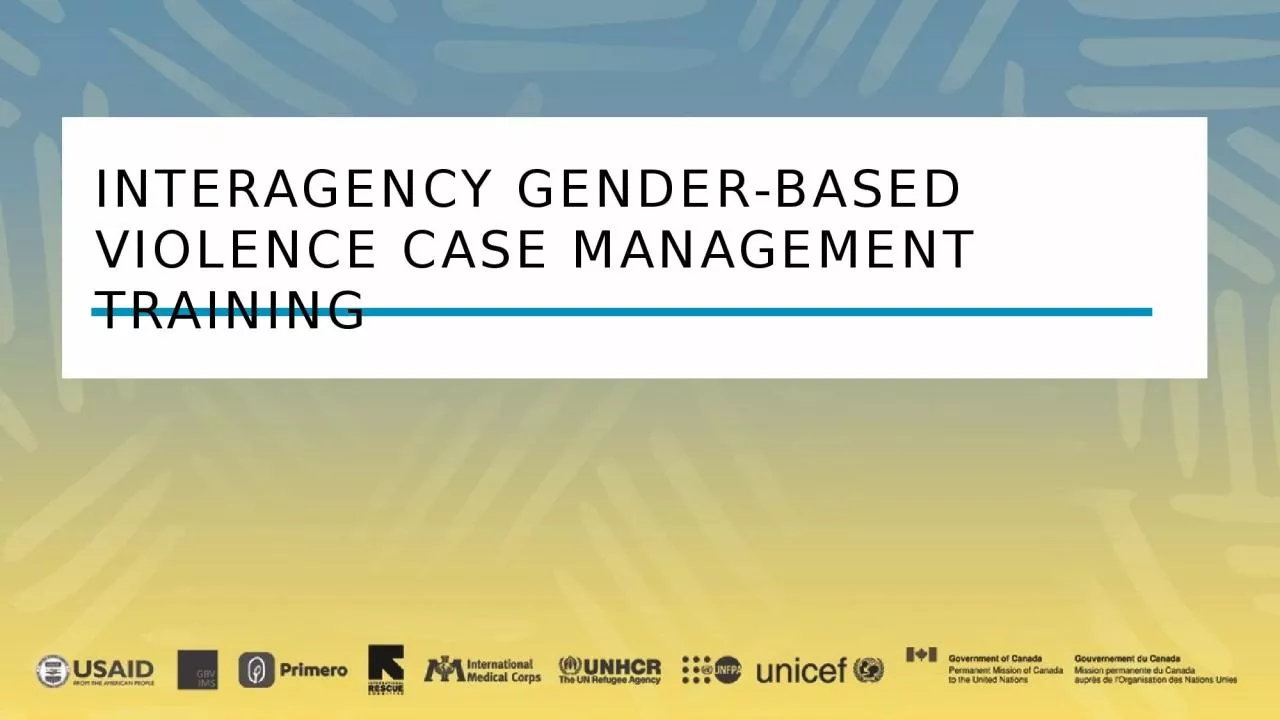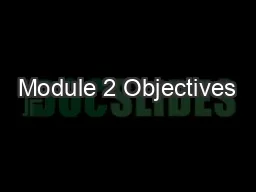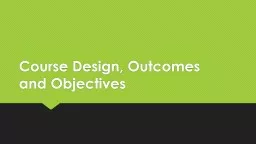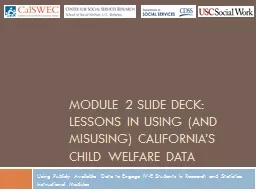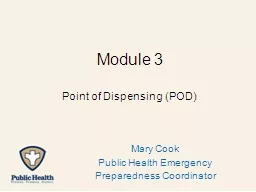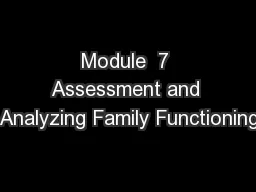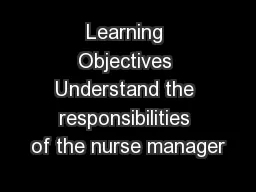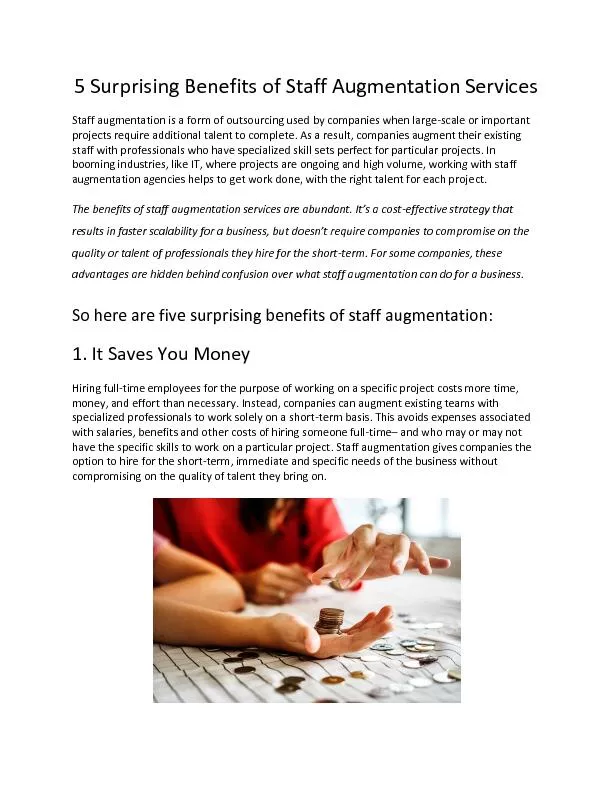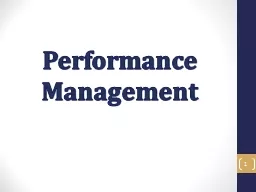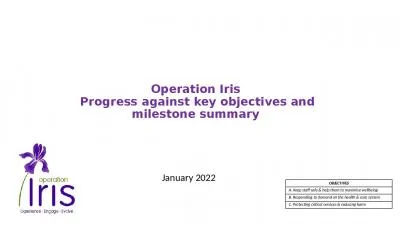PPT-Staff care MODULE 19 objectives
Author : daniella | Published Date : 2022-06-20
Build an understanding of the various types of traumatic stress and how they impact you Gain awareness of the signs of burnout and vicarious trauma Understand
Presentation Embed Code
Download Presentation
Download Presentation The PPT/PDF document "Staff care MODULE 19 objectives" is the property of its rightful owner. Permission is granted to download and print the materials on this website for personal, non-commercial use only, and to display it on your personal computer provided you do not modify the materials and that you retain all copyright notices contained in the materials. By downloading content from our website, you accept the terms of this agreement.
Staff care MODULE 19 objectives: Transcript
Download Rules Of Document
"Staff care MODULE 19 objectives"The content belongs to its owner. You may download and print it for personal use, without modification, and keep all copyright notices. By downloading, you agree to these terms.
Related Documents

